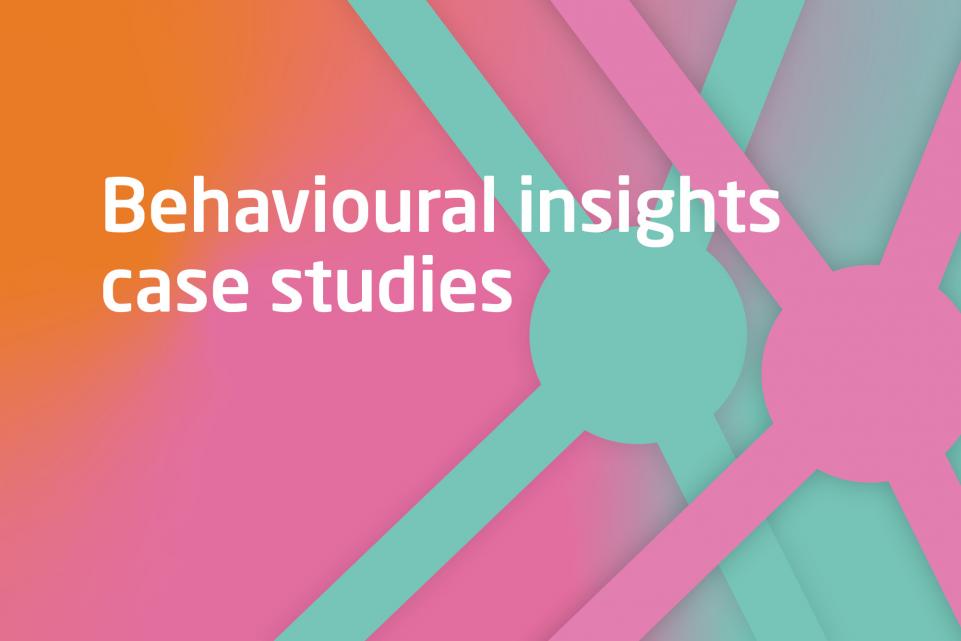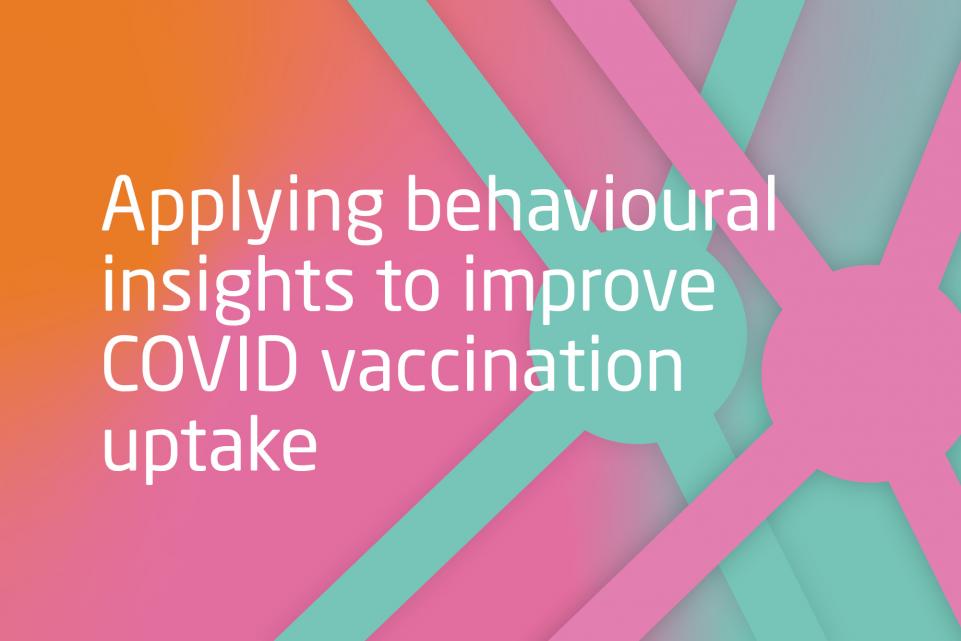During the pandemic councils are relying on a range of tools to listen to, and engage with, local groups.
Your choice of method should be informed by your identified goals, target population, available resources and by your knowledge of strengths and limitations of the different approaches. The list below provides an overview of commonly used methods to engage with residents.
Social listening
Many councils are using Facebook, Twitter, TikTok and other social networks to track responses to their vaccination-related messages. You can ask your social media team or hire an external agency to conduct social listening.
Example: Norfolk Council has commissioned a social monitoring agency to conduct a social listening analysis to get a better insight into residents' conversations about vaccines. They use this to track opinion, using trends or sentiment analysis as a barometer to indicate public feeling. This can provide a clear indicator as to the types of messaging the council has to provide. For example, when there has been a negative reaction to central government messaging councils have tried to address this on a local level.
Best used for: A quick overview of ‘hot topics’, including emerging misinformation.
Limitations: Does not include data from groups and individuals who are under-represented on social media, limited possibility to break down reactions by different communities and regions.
Further resources: LGA guidance to analysing social media
Organising FAQ sessions and webinars
Use the existing events or webinars that your council organises to understand residents’ and staff questions and concerns related to vaccinations. This is especially useful with publicly facing staff.
Example: Stockport Council organises regular webinars for health care workers where the workers can voice their concerns and ask questions. It also enables the council to transparently inform about its latest developments in COVID management.
Best used for: Mapping the landscape of vaccine-related perceptions among attending community members. When recruited through partner agencies or social networks this can provide a useful way of listening and engaging with specific groups or populations.
Limitations: The nature of FAQ sessions and webinars (i.e. many questions and relatively short time) might not allow to go into the necessary detail of voiced issues.
Meeting with community forums
You can use your council's existing links to talk about vaccination-related issues with specific civic organisations, community champions and representatives.
Example: London Borough of Havering regularly meets with representatives of BAME, LGBT, and Womens communities to discuss their concerns related to COVID-19.
Best used for: Obtaining rich insights from motivated community members.
Limitations: Might not offer complete insight into needs of community members who are less engaged with their community representatives. Only applicable to groups that have established links with the council.
Surveys
Surveys can be used to monitor people’s attitudes, beliefs and intentions related to vaccination. They can be also used to track changes in public perceptions over time.
Example: In December 2020 Hackney published a survey via its social media on attitudes and beliefs related to COVID-19 vaccine and safe behaviour. More than 1000 individuals have completed the survey in a month, although only about 3 % of responses came from minority representatives.
Best used for: Obtaining data from a larger mass of people in a short timeframe. The data are generally easier to process and visualise compared to data obtained from qualitative methods such as focus groups.
Limitations: Surveys sometimes only produce superficial insights that do not go into sufficient depth to answer the ‘why’ of the problem. Surveys may not be representative as certain groups tend to respond more than others.
Further resources: Example surveys on COVID related attitudes and behaviours by Keep London Safe network, NHS and Hackney Council
Focus groups
Focus groups offer a way to get a deep understanding of the barriers to getting vaccinated and can be recruited to target a specific group of people.
Example: London Borough of Hackney used focus groups to test three different versions of vaccine posters among different communities. One of the emerging themes was that people wanted to be communicated with clearly about the risks of vaccines and not to have every communication “sugarcoated”. This has inspired Hackney to significantly change its communication strategy.
Best used for: Obtaining rich insights into 1-5 main themes presented to a group.
Limitations: Organising focus groups tend to be more resource-intensive compared to other methods.
Further resources: Guidance on leading COVID-related focus groups by Keep London Safe network, NHS and Hackney Council, Guidance on doing qualitative research to COVID vaccination by WHO
Featured pages
Three-step guide to encourage COVID-19 vaccinations
Working with The Behaviouralist we have developed a three-step guide to help councils.

COVID-19: Behavioural insights case studies
A series of case studies showing how councils are using behaviour change techniques to increase vaccine uptake and COVID-19 regulation adherence.

Applying behavioural insights to improve COVID vaccination uptake: a guide for councils
This publication focuses on the work councils can undertake to improve vaccine uptake.

